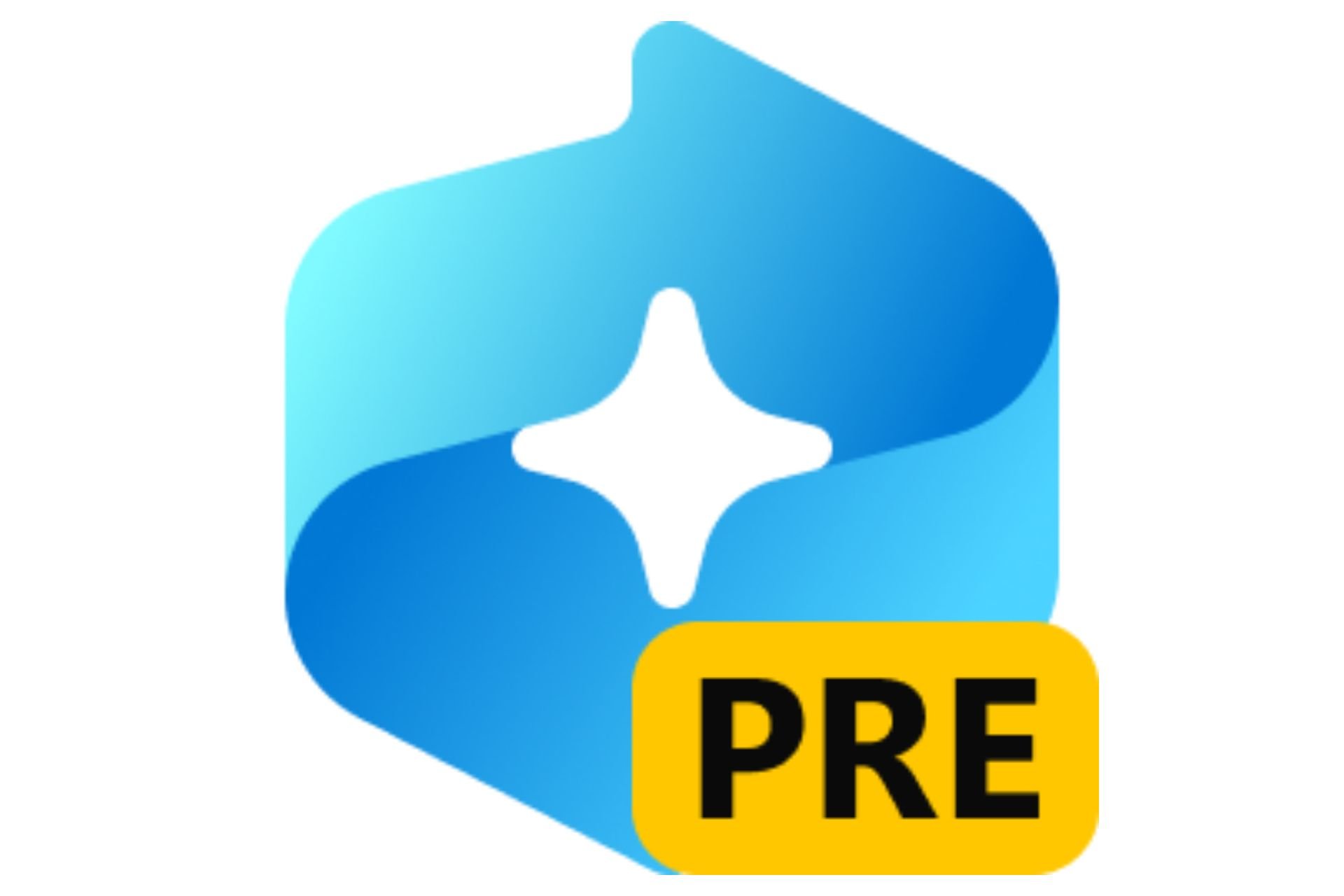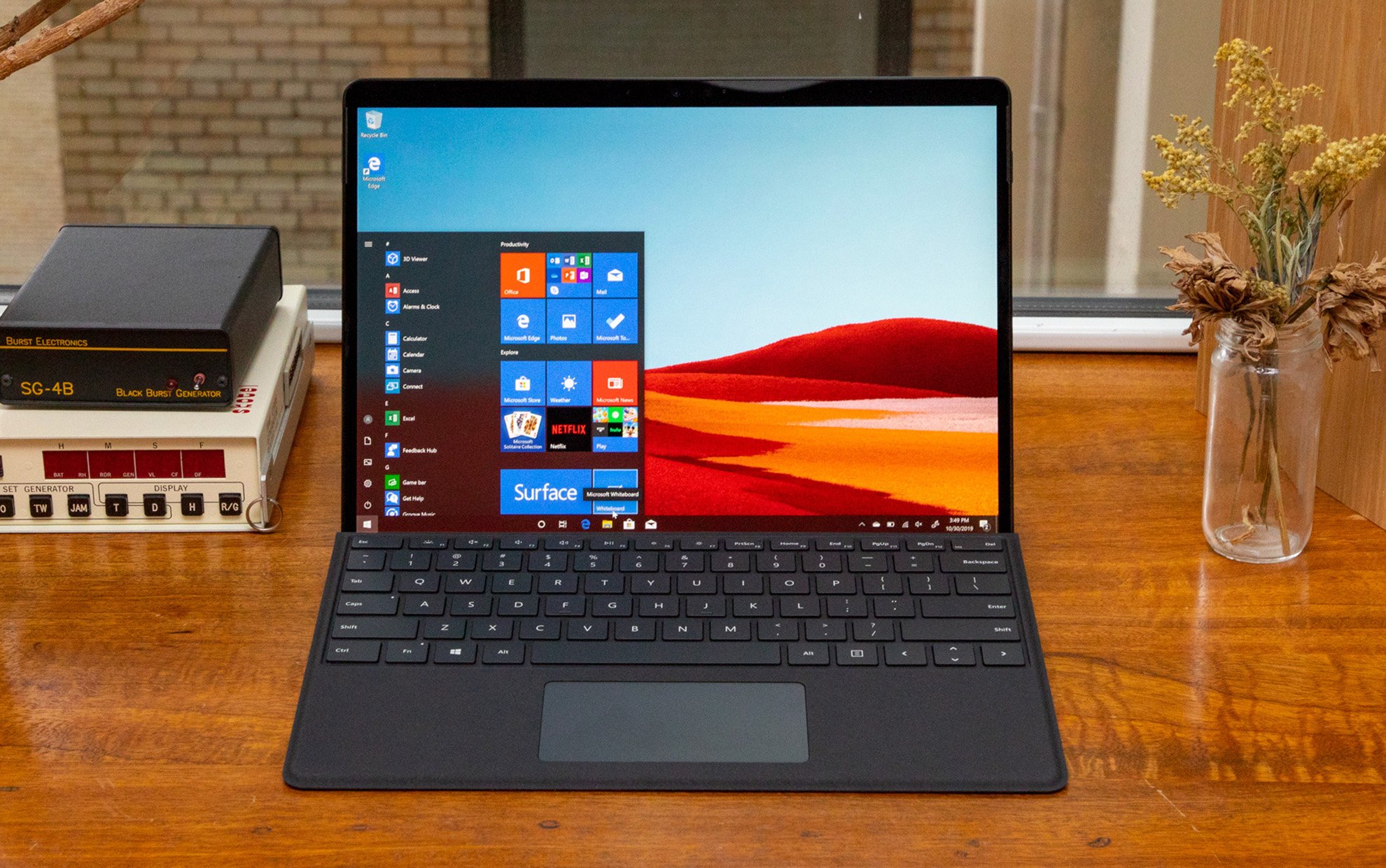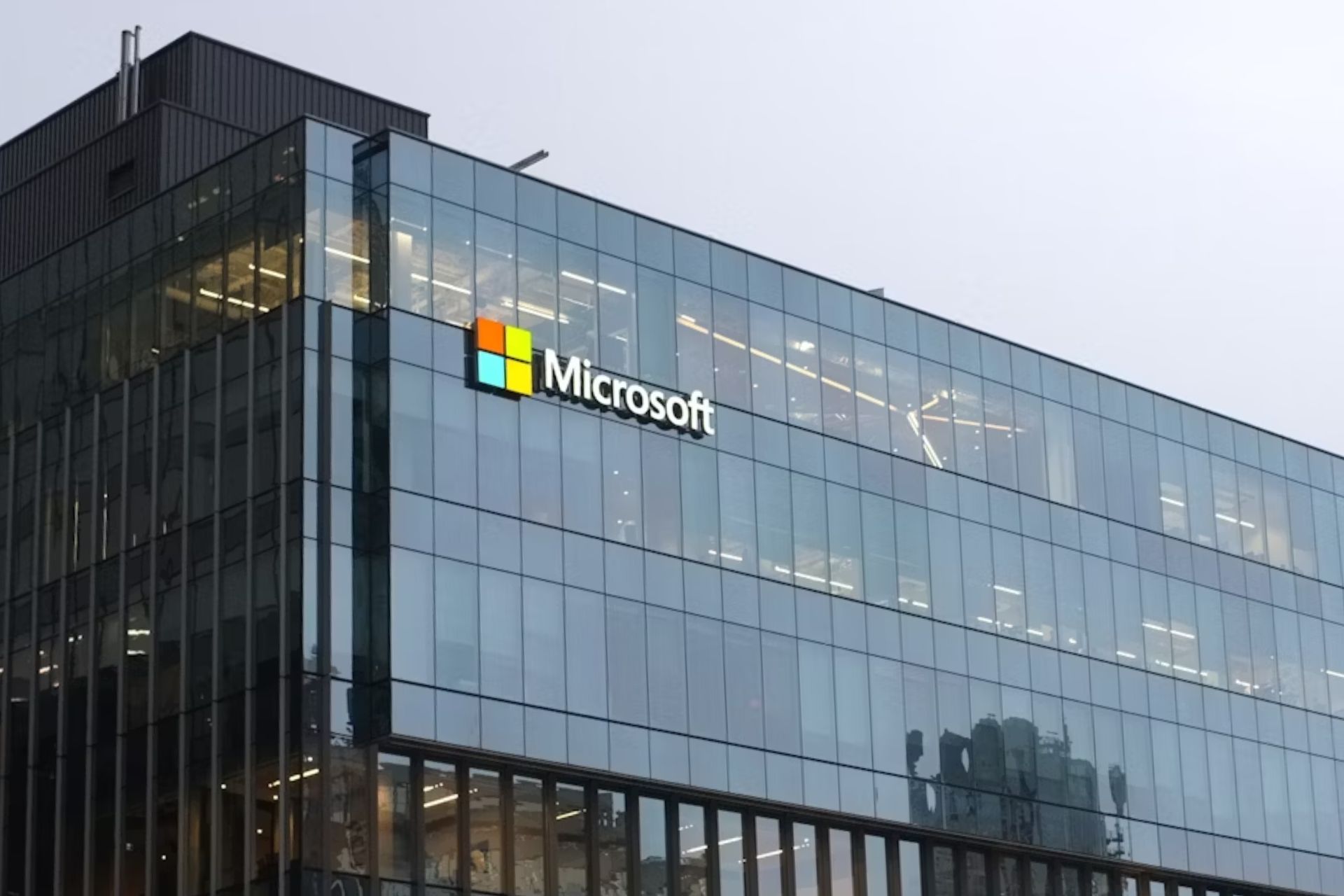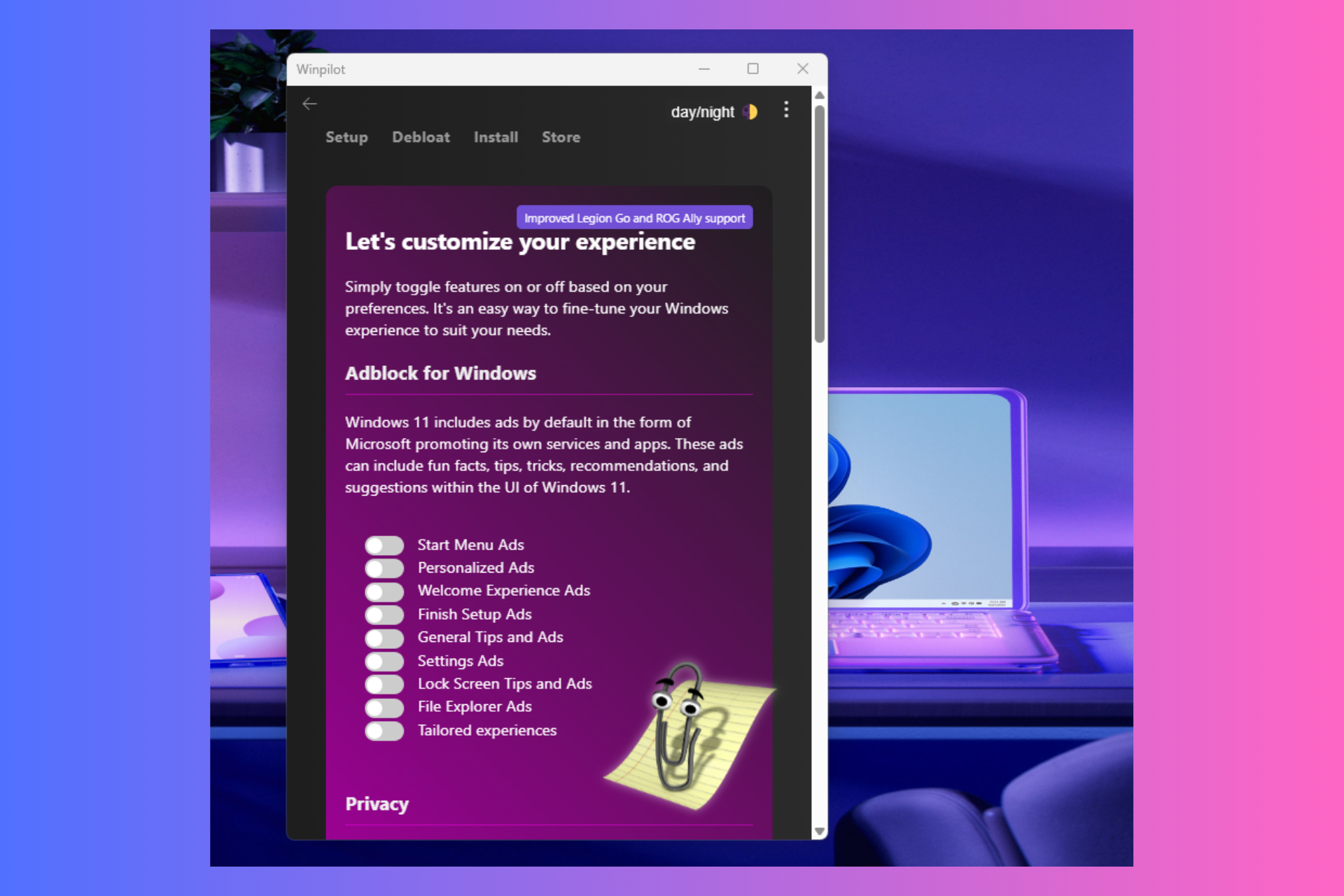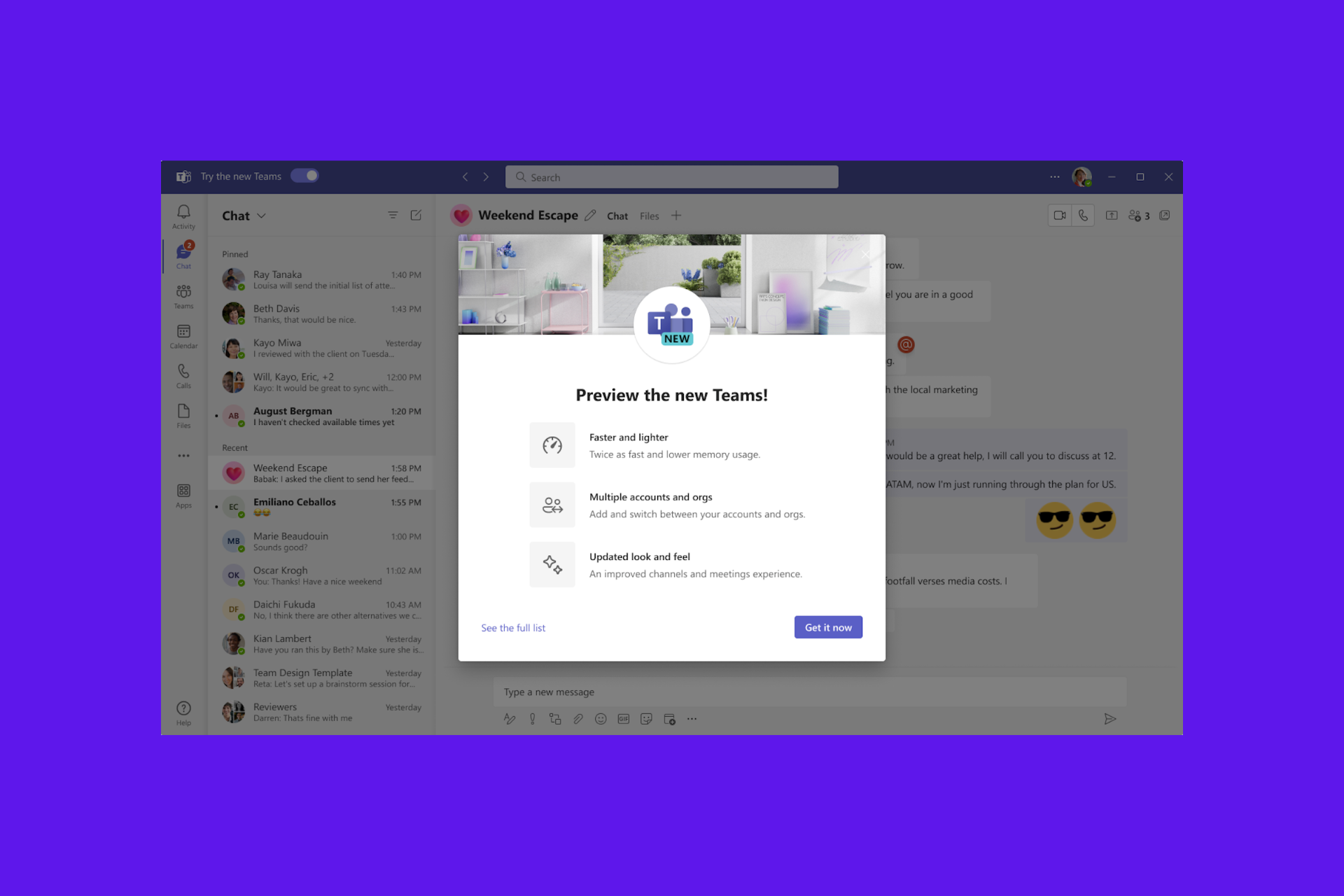Slack’s new Windows 10 app takes advantage of Project Centennial
2 min. read
Published on
Read our disclosure page to find out how can you help Windows Report sustain the editorial team Read more

A couple of weeks ago, we told you about the launch of Slack’s new app on the Windows Store. The app was made with Microsoft’s executable-to-app bridge known as “Project Centennial,” or “Desktop Bridge.” As a result of using the desktop bridge, Slack’s transition to the Windows Store was painless – both for the developers and the end users. As a result of using this conversion program, Slack’s new version on the Windows Store is effectively the same as its Win32 version.
It promotes Microsoft’s desktop bridge as being a good tool for getting Win32 programs into the Windows Store, as well as providing centralized updates.
For most people, this is where that story begins and ends. If you happen to be interested in doing a deeper dive into what makes Slack tick, the developers have put together a blog post for you to dig through for all of those details. The post talks about WinRT, NodeRT, the Electron framework and more – complete with snippets of code to read if you need a few examples to follow along with.
The Slack engineers ended the blog post by expressing their excitement about the future of Slack on the UWP, and the promise of doing more work with Electron. For any savvy engineers out there, they even extended an offer to come work with them as an Electron engineer.


